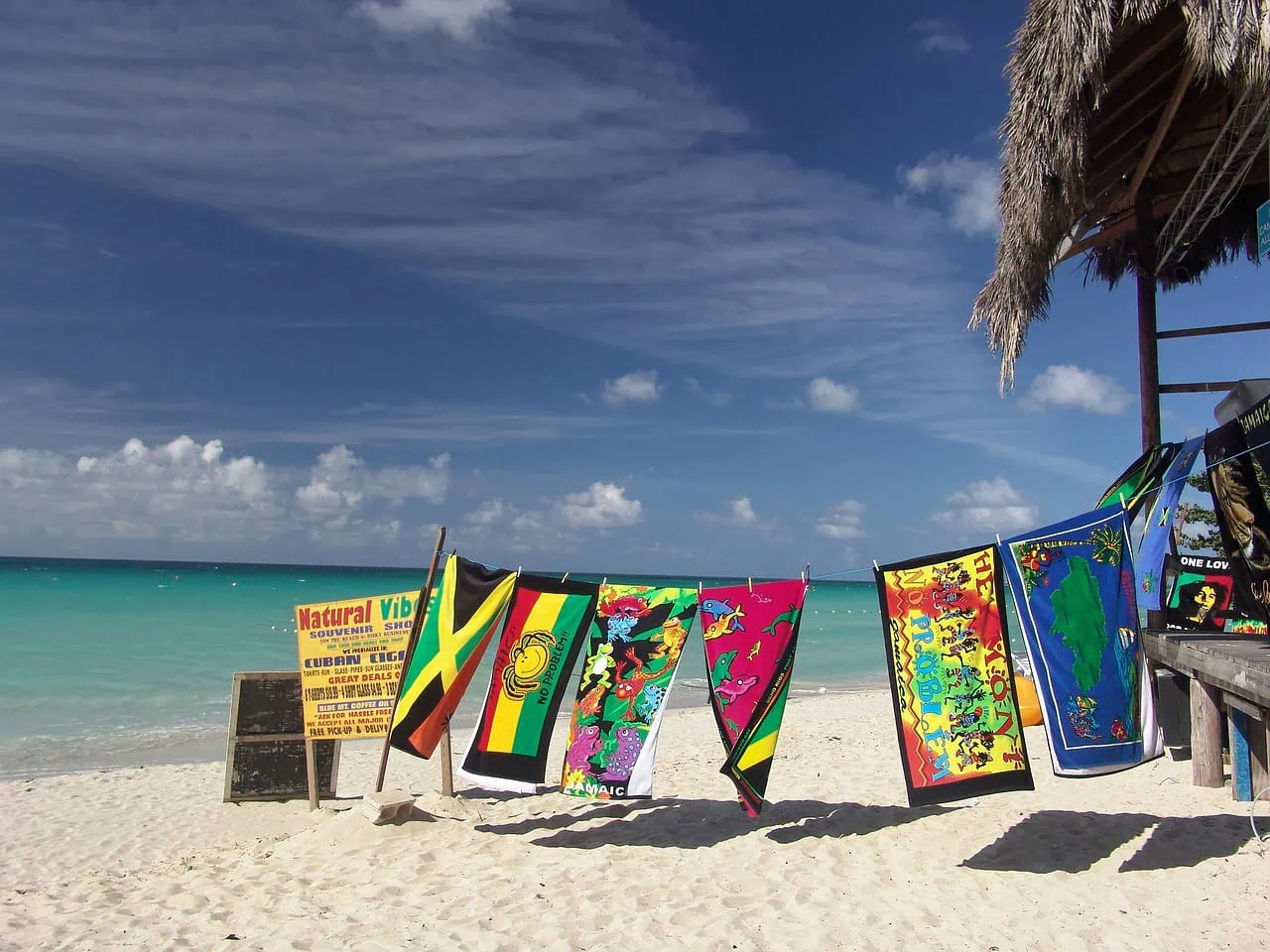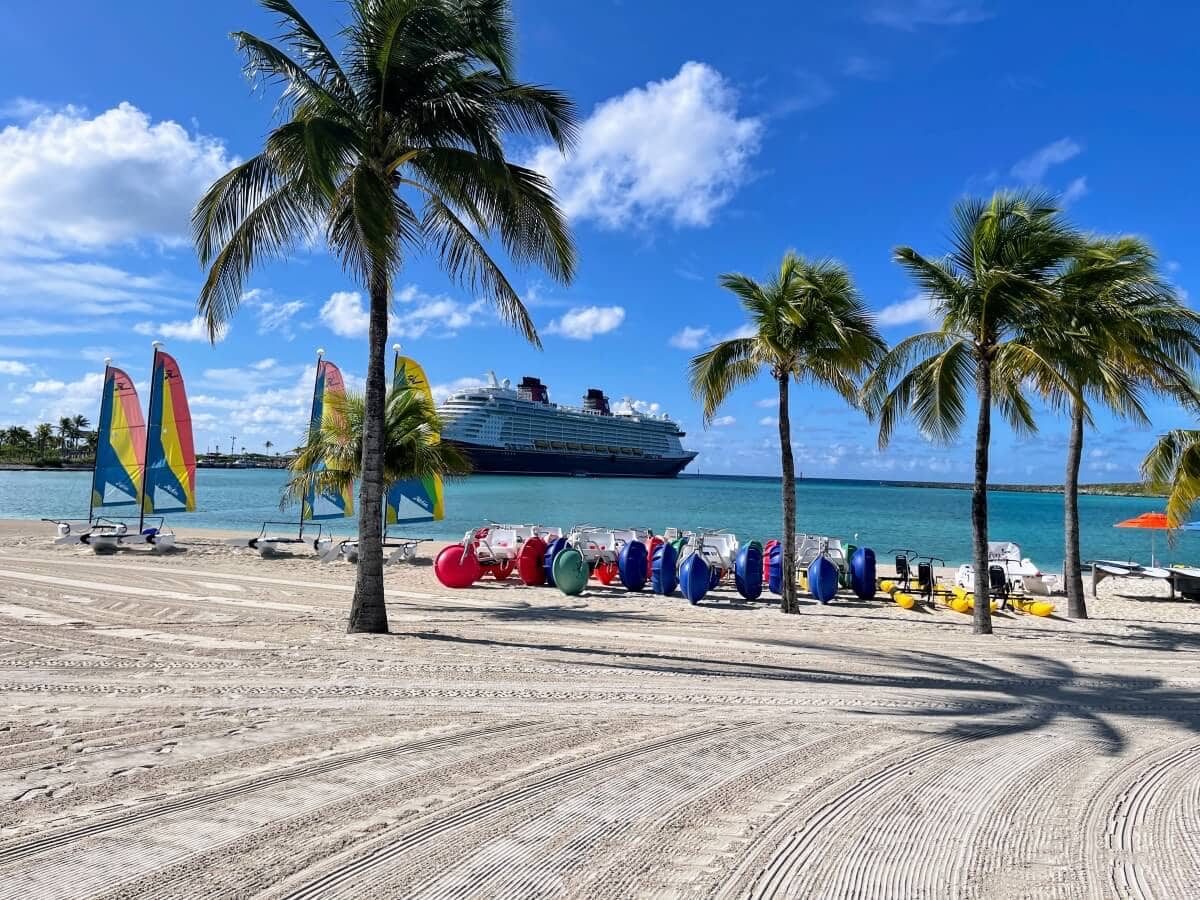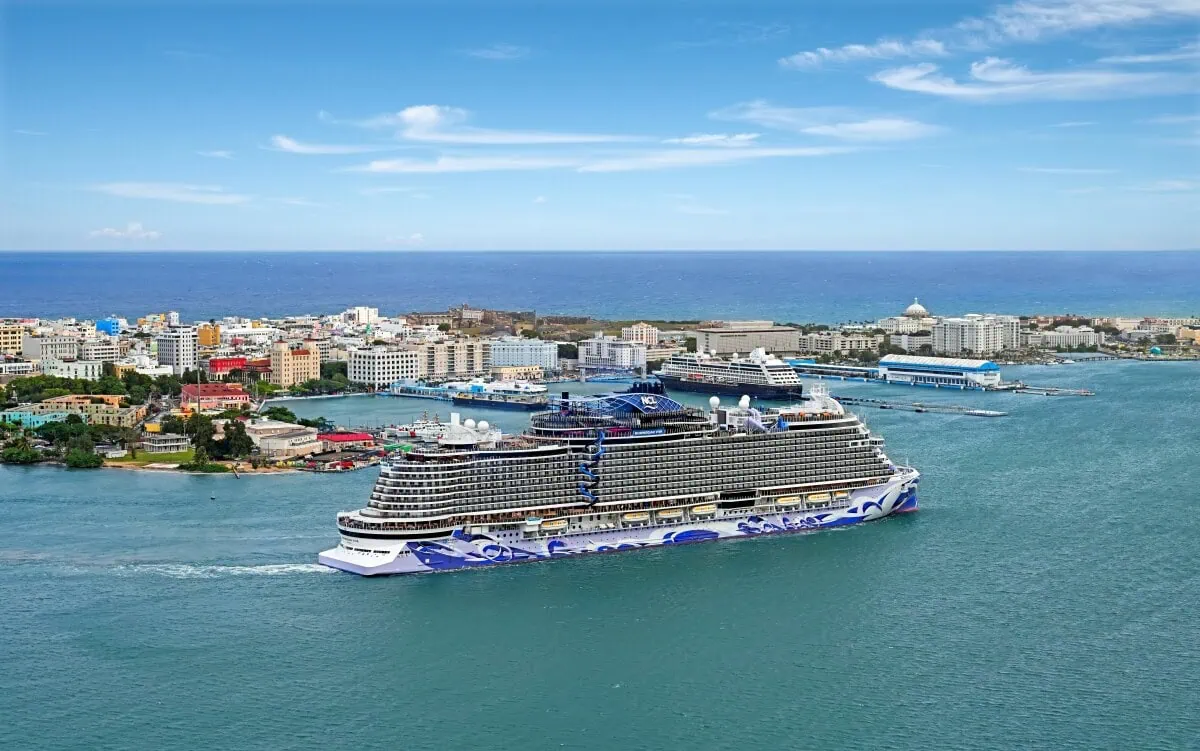Vancouver’s 2025 cruise season just wrapped up, and the numbers tell the story: 301 ships, 1.2 million passengers, and over $1 billion pumped into the local economy.
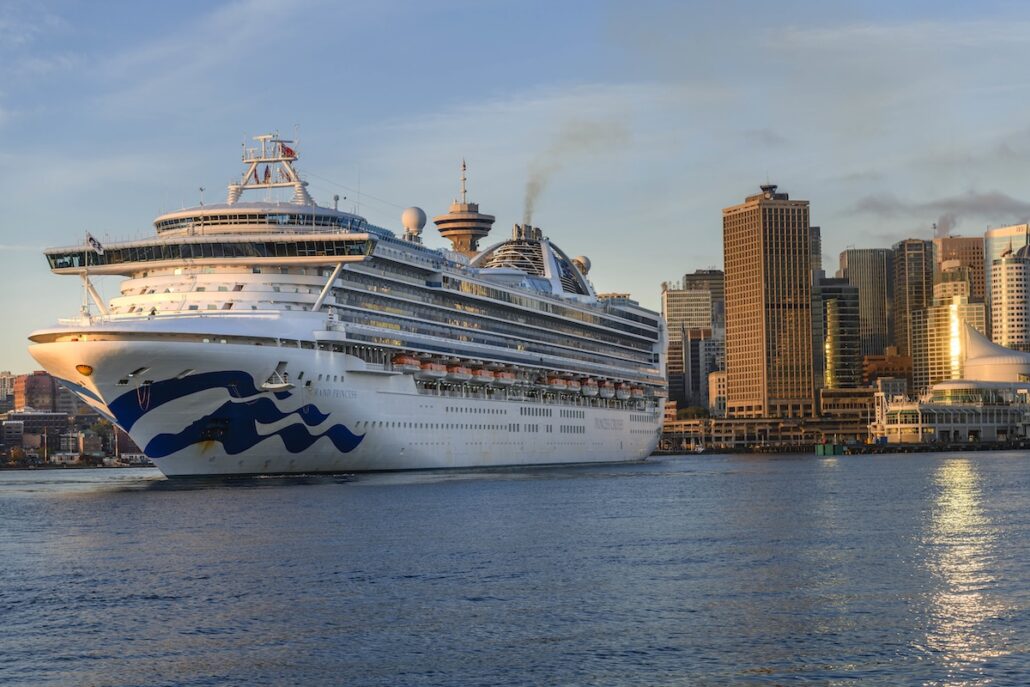
The Coral Princess sailed out on October 21, marking the end of what port officials are calling a vital boost to the region during a year marked by U.S. tariff uncertainty and rising costs of living.
The Canada Place cruise terminal, which earned the title of North America’s Leading Cruise Port from World Travel Awards, hosted its first ship of the season back on March 5 when Disney Wonder arrived.
Each ship visit averages nearly $3 million in local spending. Passengers alone drop an average of $450 each on hotels, restaurants, shopping, and attractions. Cruise lines spend up to $660 million annually on local goods and services.
“This year’s success underscores the cruise sector’s power as an economic engine,” said Shri Madiwal, Vice President of Operations and Supply Chain at the Vancouver Fraser Port Authority.
Eight New Ships, Sixteen Cruise Lines
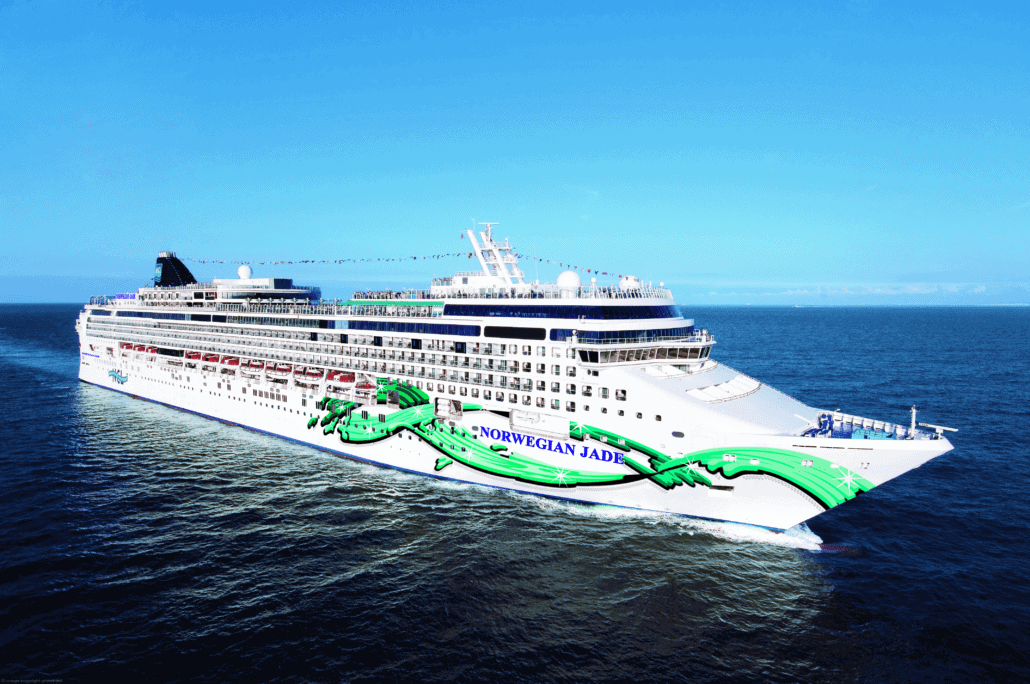
Eight vessels made their inaugural call to Vancouver this season, including Norwegian Jade, Anthem of the Seas, and Silver Moon.
Sixteen cruise lines operated from the terminal, ranging from mainstream operators like Royal Caribbean and Disney Cruise Line to luxury lines like Silversea and Regent Seven Seas.
Vancouver has been a homeport for Alaska cruises for over 35 years, offering access to the Inside Passage as a base for both one-way and round-trip sailings.
Technology Drives Operations
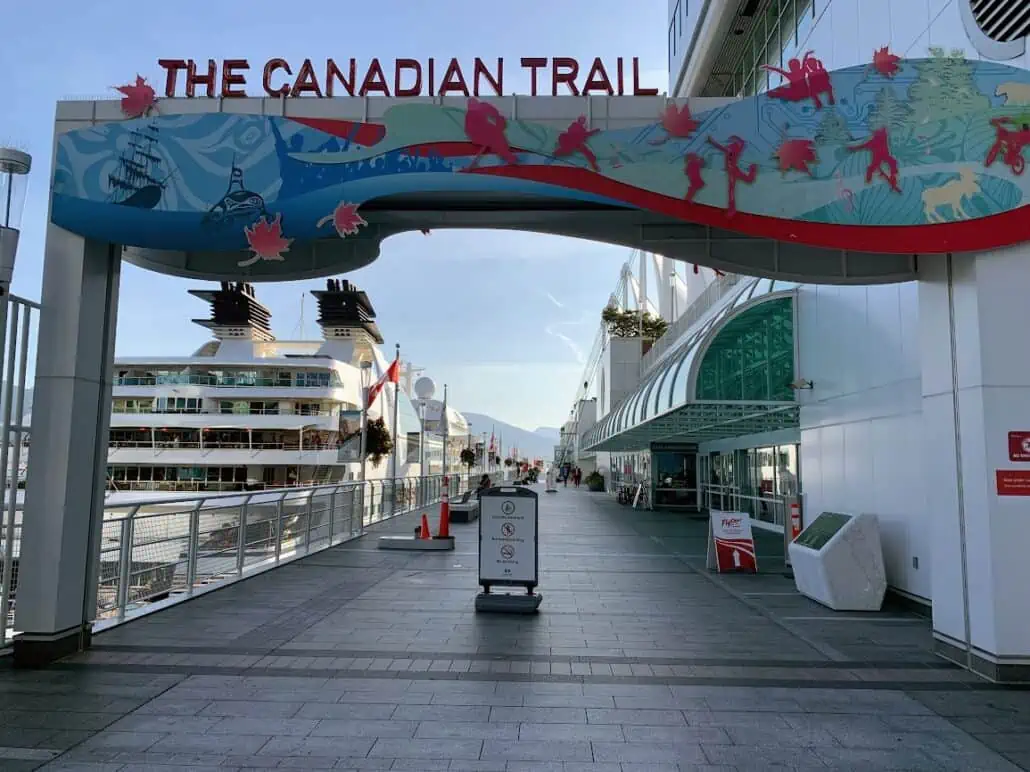
On the operational side, the terminal continued leveraging technology that’s working. Facial biometric scanning, introduced last year, cut U.S. border control processing time by up to 94 percent—dropping average transaction times from 2-3 minutes to under 10 seconds.
The cruise industry also showed commitment to sustainability. More than 80 percent of cruise calls were shore-power enabled, allowing ships to plug into B.C.’s hydro-powered electrical grid instead of running diesel engines.
This prevented over 50,000 tonnes of greenhouse gas emissions. Cruise lines achieved an 85 percent participation rate in voluntary whale protection slowdowns in the Salish Sea.
Vancouver also hosted the first local cruise ship LNG refueling this year, marking the first time the alternative fuel was available at the port in significant quantities for the international maritime sector.
Preliminary bookings for 2026 are pointing to an even stronger year, with more ship calls and passenger visits expected.



